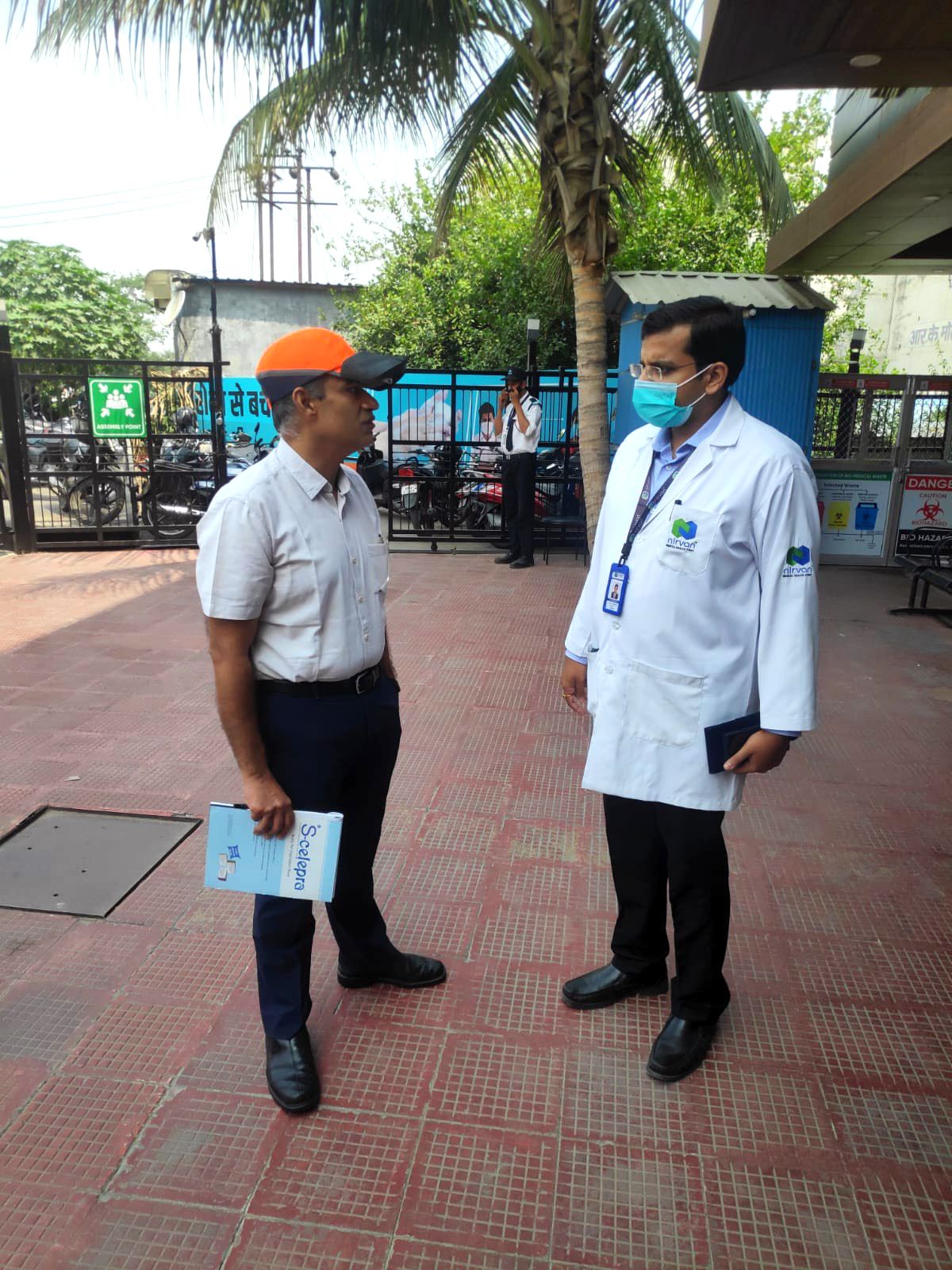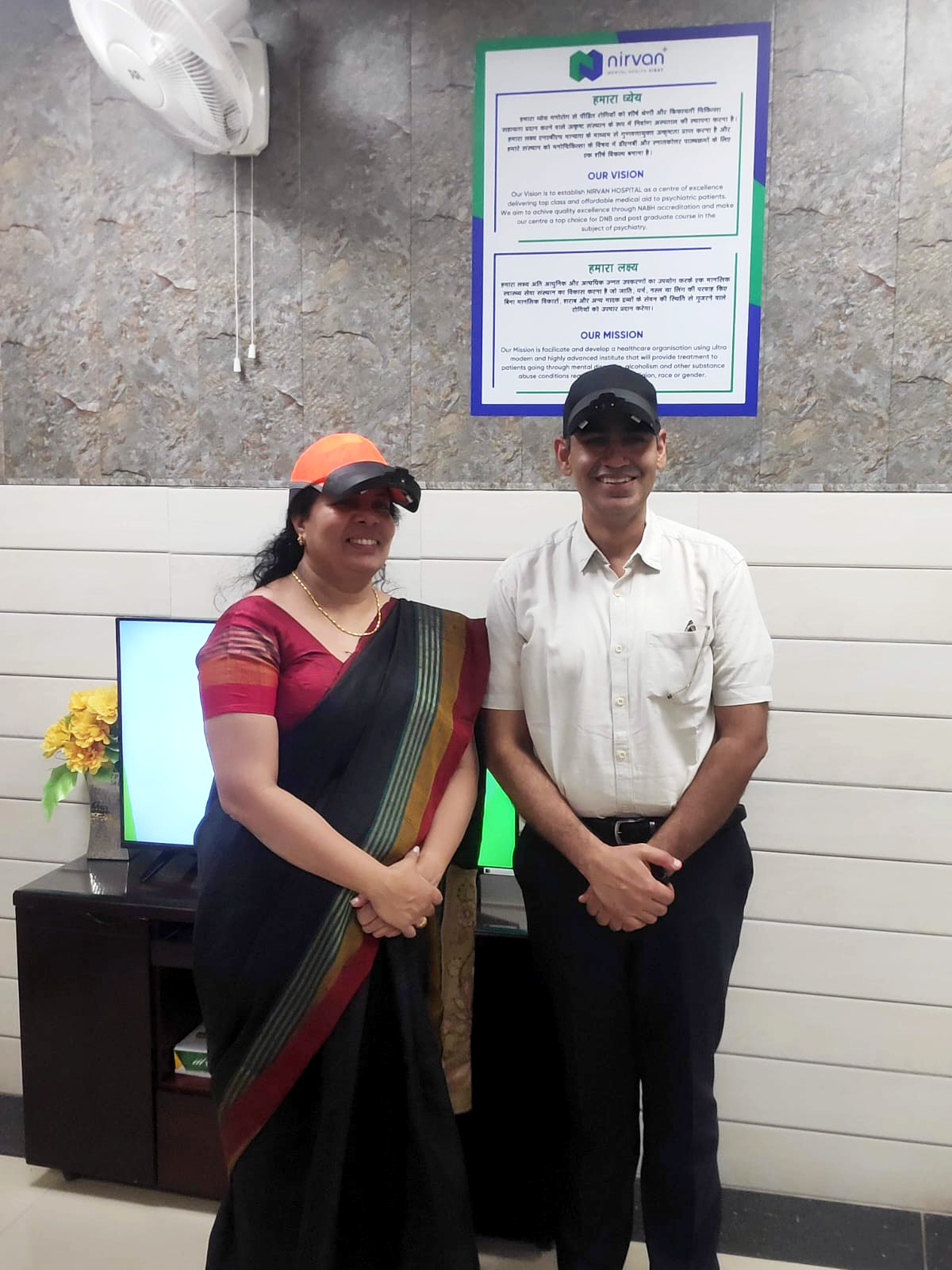Inspection
Location :
Quality Council of India, Delhi
Objective
The primary objective of the field test was to assess the usability of our devices in collaboration with QCI (Quality Control of India). Our focus was to evaluate their effectiveness in various tasks, including onsite inspection, audio-video reception, and field of view checks. Through this evaluation, we aimed to gather valuable insights into the performance and functionality of the devices in real-world scenarios. The conducted field test served as a valuable aid to the hospital accreditation process for a Delhi-based healthcare facility, overseen by QCI (Quality Control of India).
Methodology
Five prototypes were assigned to workers representing various industries and job roles. These workers were instructed to utilize the devices during their regular work tasks and provide feedback on their experience. The field test spanned a defined period, during which data on device usage, performance, and user feedback were collected and analyzed.
Result
The field test yielded highly positive results, with all users reporting that our device prototypes were a significant improvement over the basic helmets currently in use. The most notable feature praised by the workers was the ability to conduct remote inspections through the helmet camera and video calling functionality. This capability proved invaluable in scenarios where physical presence was challenging or hazardous. The inbuilt LEDs provided substantial assistance in poorly lit areas, improving visibility and ensuring safer working conditions. Users particularly appreciated the convenience and effectiveness of the location monitoring feature, which aided lone workers and allowed for timely response in case of emergencies. The ability to monitor body vitals was also highly regarded, as it enabled workers to track their health conditions and take proactive measures to avoid risks. Additionally, the device’s durability and robustness were highlighted as key strengths, as they successfully withstood demanding tasks such as pole climbing and heavy tool handling. The seamless collaboration with remote control centers further enhanced communication and productivity, enabling real-time guidance and assistance.

